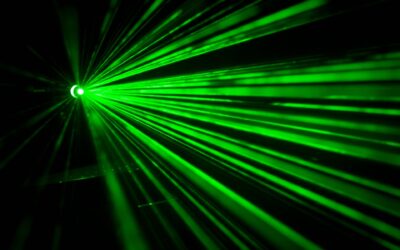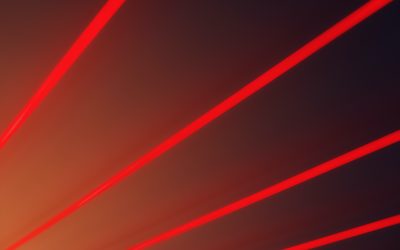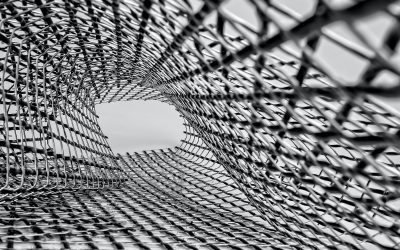Monochrome and shimmering surfaces are a horror for industrial machine vision. Common camera systems have a hard time recognizing these characteristics and processing them correctly. One method currently frequently used to capture such objects nonetheless is the use of structured light. But contrary to popular belief, this is not the only option! Light field technology can also be used to reliably detect complex objects. But what sets the light field apart from classic structured light?
Structured light: clues for the cameras
A pattern projector casts a random pattern onto the object to be captured. This helps the camera system correctly identify information about the depth and texture of the object. This is a brief outline of how structured light works. It is usually used in conjunction with a stereoscopic camera set. This combination offers a proven and inexpensive variant for automating complex objects.
However, the expense of the respective setup and the resulting need for post-processing of the images have a disadvantage. For reliable results to emerge from the projected pattern, the system must be designed anew each time and calibrated at great expense. Moving objects – on an assembly line, for example – are not at all suitable for the use of structured light. If a suitable setup is possible, however, the pattern used enables a higher depth accuracy than pure stereoscopy. To work with it afterwards, it is always necessary to de-noise the image.
Light field: Include all image information
The light field, on the other hand, takes a different technological approach. Via the camera array used, it is not only able to generate very high measurement stability, but also to deliver consistently higher data quality. Extensive calibration is also necessary for this in the light field before use. However, because the light field is created by combining numerous images, there is no need to remove or post-process artifacts or similar problematic representations.
The high flexibility of a light field system also has a positive effect: It can cope with moving objects as well as indoor and outdoor lighting. Its high depth of field remains unaffected by such changes. With increasing distance, precision here decreases linearly – in contrast to other imaging techniques, whose accuracy decreases quadratically. However, the sum of these advantages (still) comes at a price: So far, light-field-based solutions cannot yet compete with the less expensive structured light.
Two image acquisition methods for one task – who wins?
This question cannot be answered conclusively. While structured light scores with its mature and standardized solutions, the light field convinces with its higher quality in image acquisition. What both have in common, however, is that calibration is not entirely effortless. Which of the two options is best suited to a specific task can ultimately only be determined by looking at the problem in detail. One thing is clear: both structured light and the light field each offer individual advantages. Weighing them up and making sensible use of them is the task of any project planning.



